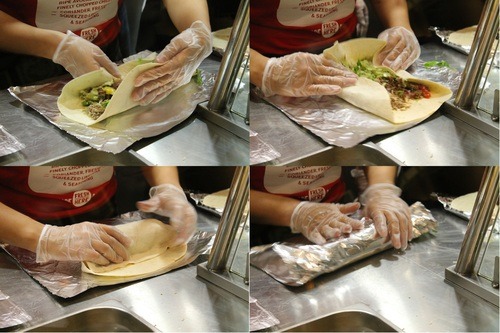Ever feel like your body is screaming for some nutrients? After this soup, I always feel like I’ve eaten my way to adding another few years onto my lifespan! It has a deep, tasty flavour and is delicious with warm toasted soda bread and salty butter.
- 2 tbsp olive oil
- 1 onion, chopped
- 2 sticks celery, diced
- 1 garlic clove, chopped
- 750ml hot chicken/vegetable stock
- 170g peas
- 150g spinach
- 170g watercress
- 150 double cream
- Chives
- Dukka
- Heat the oil and fry the onion and celery on a low heat until soft. Add the garlic for the last few minutes before adding the hot stock
- Add the peas and return to the boil for about 5 minutes
- Add the spinach and watercress and simmer for 10 minutes
- The blend the soup and add the cream or creme fraiche if you like.
- Serve scattered with chives, herbs or more cream. I sprinkled mine with dukka for added texture and a bit of spice


























